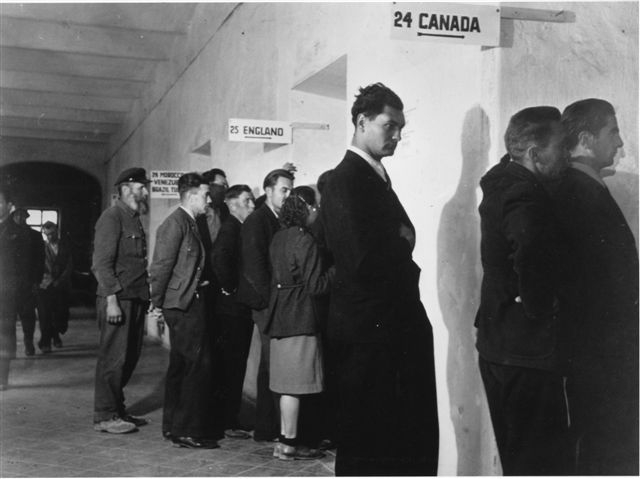Unit plan for ages 9-11 in History: Refugees in History
Unit plan for ages 9-11 in History: Refugees in History
-

UNIT OBJECTIVES
Knowledge
- To understand that the causes of migration are many and varied.
- To understand migrants.
- To understand refugees.
- To understand the concept of asylum.
- To demonstrate to the students that there have been refugees throughout history: where there is persecution, there will be refugees.
- To learn in more detail about a historical group who fled their country for safety; such people were refugees.
- To locate contemporary conflicts and refugees on a world map.
Skills
- To practise sensitive enquiry and reasoning skills.
- To practise research skills:
a) defining a problem
b) seeking appropriate information sources
c) identifying relevant information from the sources
d) organising the information to answer particular questions
e) clear written expression - To be able to articulate contrasting feelings.
Values
- To encourage empathy by developing a feeling of relationship with a possible refugee in one's family tree.
- To foster a sense of solidarity and responsibility towards refugees.
LESSON 1: Why do people move to another country?
|
||||||||
LESSONS 2 and 3: What do you see in your mind?
|
||||||||
LESSON 4: Blackboard summary of reasons for flight
|
||||||||
LESSON 5: Asylum
|
||||||||





